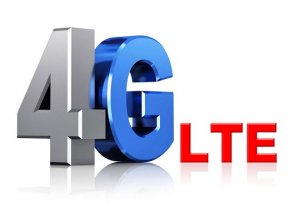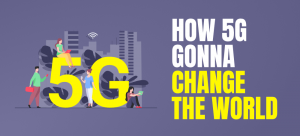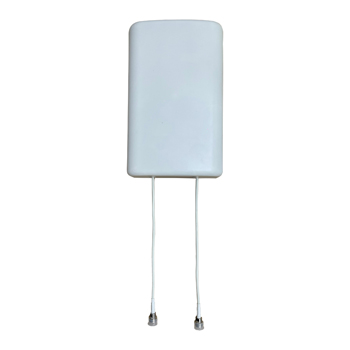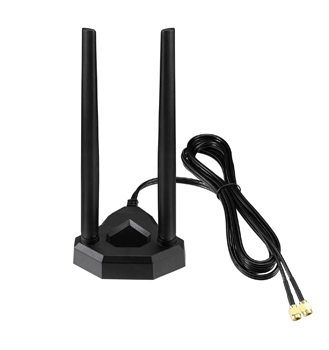
Difference Between Access Point and Wi-Fi Range Extender
The use of the internet has increased significantly in recent years. As technology grows the use of mobiles, computers, and Wlan devices is increasing day by day. Due to this increase, industries have a lot of opportunities and as well as constraints in utilizing wireless technology in order to make the best possible use of wireless technologies. Wireless devices or wireless access points are mostly used in offices and also in the home. Wireless technology also facilitates remote-based work. The major devices that are used in wireless technology are the access point and Wi-Fi range extender. Most people get confused while buying the access point or the Wi-Fi exchange extender. Both wireless devices have different requirements and perform different functions. Most people get confused because both devices use the same technology. Some wireless devices act as a central hub like the access point and some wireless simple boost the existing signal


















